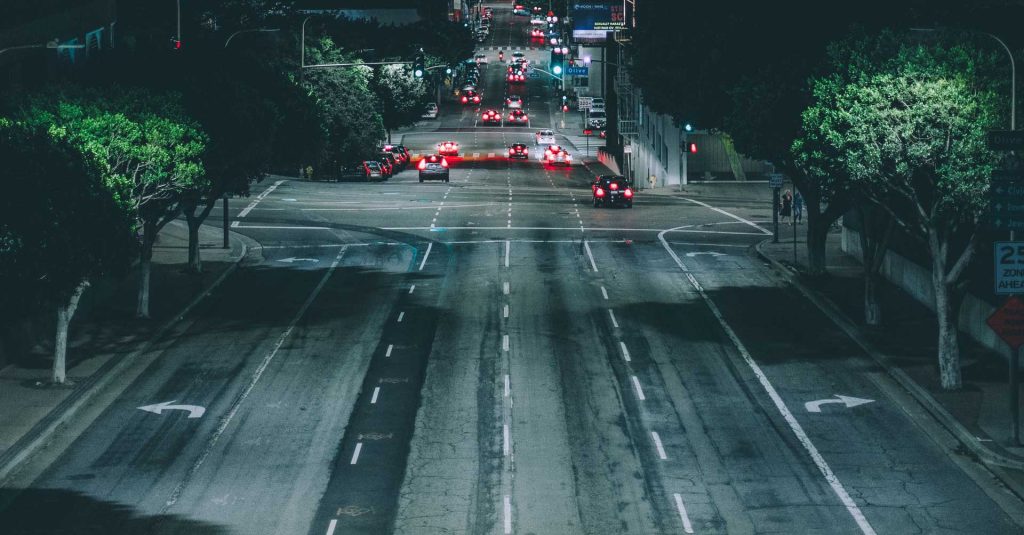Driving in the US dropped during the pandemic. The expectation was that pedestrian deaths would decrease accordingly. While in several countries that was the case, it didn’t happen that way in America. The report Dangerous by Design argues that the fundamental problem with US roads is they are designed to favour unsafe behaviour and speed instead of promoting safety for pedestrians.
Choosing safety first means designing with all road users in mind. The result might be that the average vehicle trip will take longer as speeds are reduced but it is a trade-off t to avoid more fatalities.
Design choices to promote safety include:
- Increasing kerb size to reduce turning lanes, forcing drivers to slow down while turning.
- Reducing lane widths so that drivers’ perceptions of less margin for errors naturally reduces speed
- Reducing distances between intersections by adding safe crosswalks, which adds convenience to pedestrians and forces drivers to stop/slow down more often.
- Providing visual cues, such as landscaping, to indicate to the driver that it’s not a high speed area.
The goal is to build roads where drivers naturally adhere to a safe behaviour and comply with the speed limits.
This video shows what designing roads for safety looks like.
Related posts
Artistic pedestrian crossings – a controversial intervention

